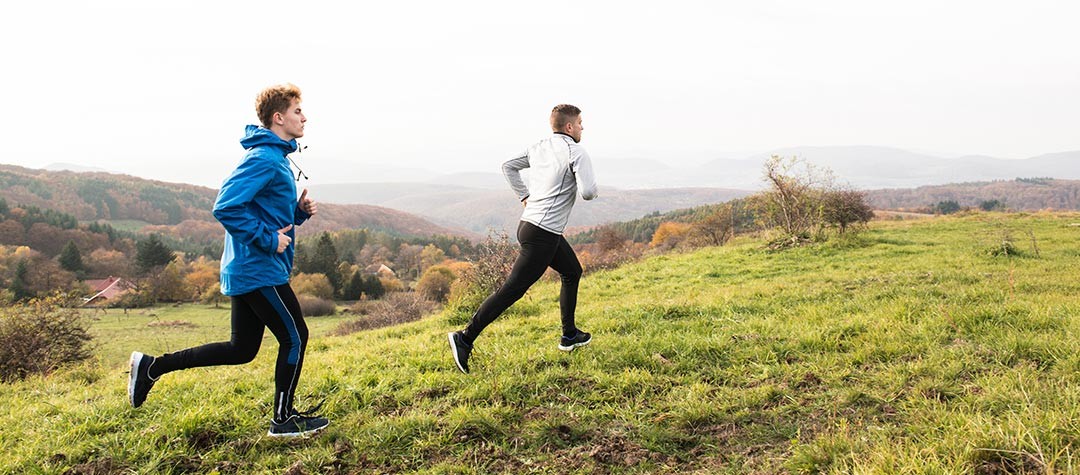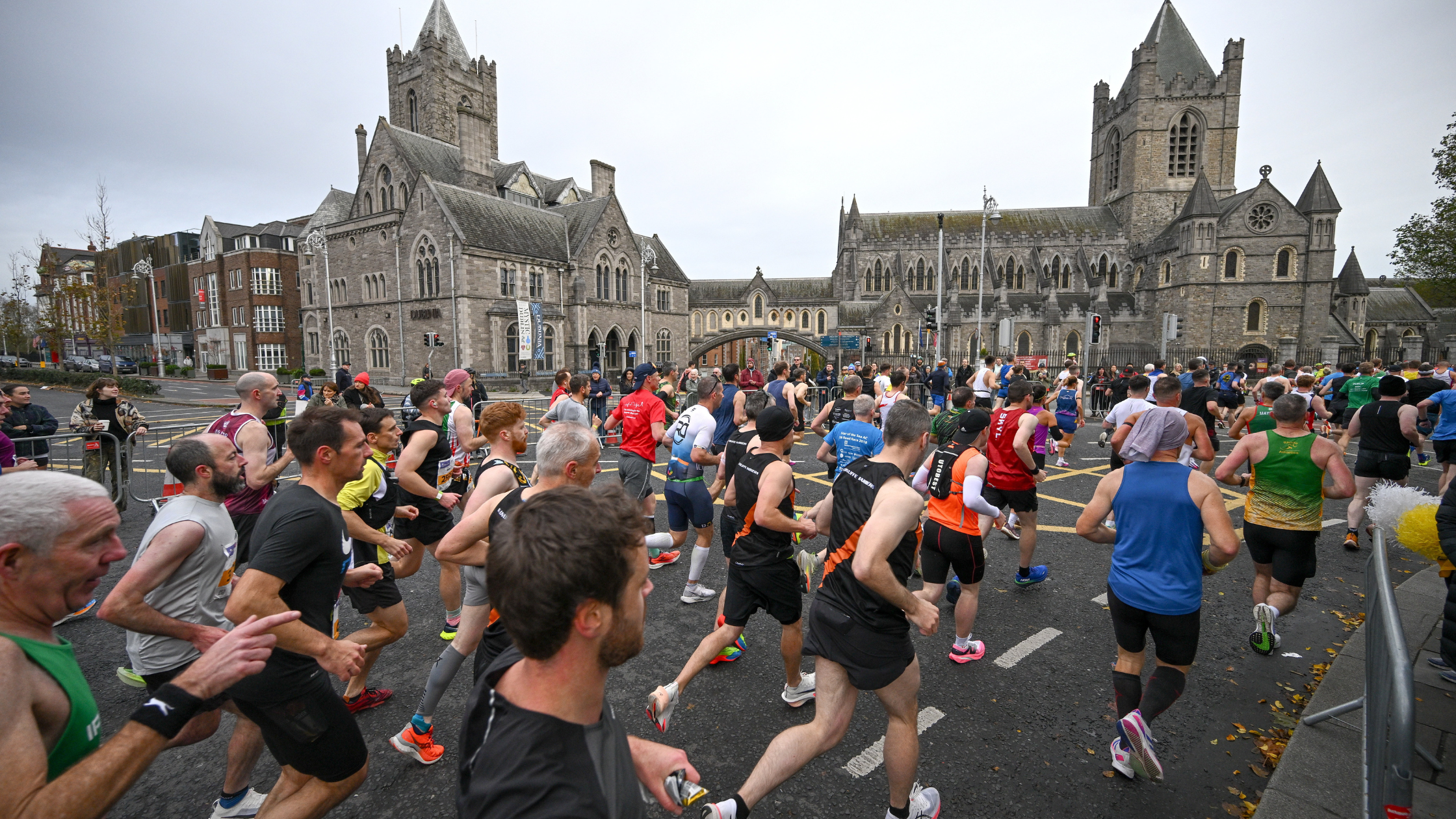Which is best for your training? Running up a slope or running long distances? Well both would be great in the same plan, to help your all-round fitness.
Distance will give you endurance and increased aerobic capacity, while inclines will give you greater muscle strength, running economy and improve your overall speed.
Benefits of distance when running
It doesn’t matter what distance/race/event you’re training for, long runs will inevitably be a staple of your running diet. From a 5k to a marathon , a weekly long run will be a building block of every training plan. Why? Because distance running improves your endurance, which becomes even more important as you move up through the race distances.
The point of a long run is to run it at a slower pace than your race pace.
The point of a long run is to run it at a slower pace than your race pace. Even though you’re not running as fast as you can, you are burning hundreds of calories, able to practice rehydration strategies and getting used to hours on your feet, which is particularly important if you are training for a marathon.
Bear in mind the fitter you get, the more efficient your body becomes at getting oxygen to your heart and muscles. Your joints and muscles will also begin to adapt as you go further and further on your long runs and of course, your body will become more and more efficient at burning body fat. All of this will be extremely useful over whatever race distance you choose, but a strong heart and strong muscles will also eventually equate to greater speed.
And let’s not forget the mental benefits of running further and further. American long-distance runner Jeff Galloway talks about “mental momentum, self confidence and a positive attitude” all direct results of increasing your long distance training.
Benefits of inclines when running
Hill running has long been a staple diet of elite African runners. Kenyan athletes in particular have shown the extraordinary success their training regimes have had with gold medals galore, many of them achieved by running hills at altitude. It works because it is regarded as a great way of increasing speed and aerobic capacity.
Hill running works because it is regarded as a great way of increasing speed and aerobic capacity.
The key to greater speed, amongst other things, is leg muscle strength. Running hills improves that because of the extra effort required in propelling your body weight upwards against the force of gravity. Your calves, quads and glutes will be the main areas to benefit, because all of these muscle groups have to work even harder than on the flat.
Lower body sculpting and toning is something that regular hill runners enjoy, as well as injury prevention. Many runners suffer with shin splints as a result of repeated sessions on the flat. Running up an incline alleviates the pressure on shins and again, thus reducing the risk of injury. Stronger muscles are less likely to pull or tear.
The effort required to defy gravity increases your aerobic capacity. You need to work harder and so do all your organs, especially the heart. As a result, you will eventually need less oxygen to run further and faster. Research conducted at the Nike research lab, found that running up an incline as small as 1 degree, increases energy costs by 12 per cent. That is enough to slow you down by 10 seconds per mile (1.6km), but the intensity of that extra workload is what makes it so good for you and will help you burn calories by the bucket load.
Hills also speed up your stride pattern and leg turnover. You are looking to establish a light, regular, co-ordinated rhythm as you run upwards . That kind of running form is perfect for hills, but you will find your form on the flat improves with greater running economy and speed. Confidence is another by-product. The dread that many runners experience when they round a corner and see a slope will just disappear. You will be mentally tougher and take comfort from a confident technique. Like distance running, endurance is also added to your training. If you can run a mile (1.6km) up a slope, two miles on the flat will suddenly seem like a walk in the park.
Both methods are great for runners
In summary don’t think of these two types of training in isolation, think of them as working in tandem. Together, as part of a varied training plan, they will help you achieve longer distances in faster times. Increased endurance, strength, economy and speed are major benefits. They offer different things and some of the same and one isn’t better than the other. But the sum of their parts is the secret to their success. If you incorporate both into your training regime, you will become a better all round athlete.















